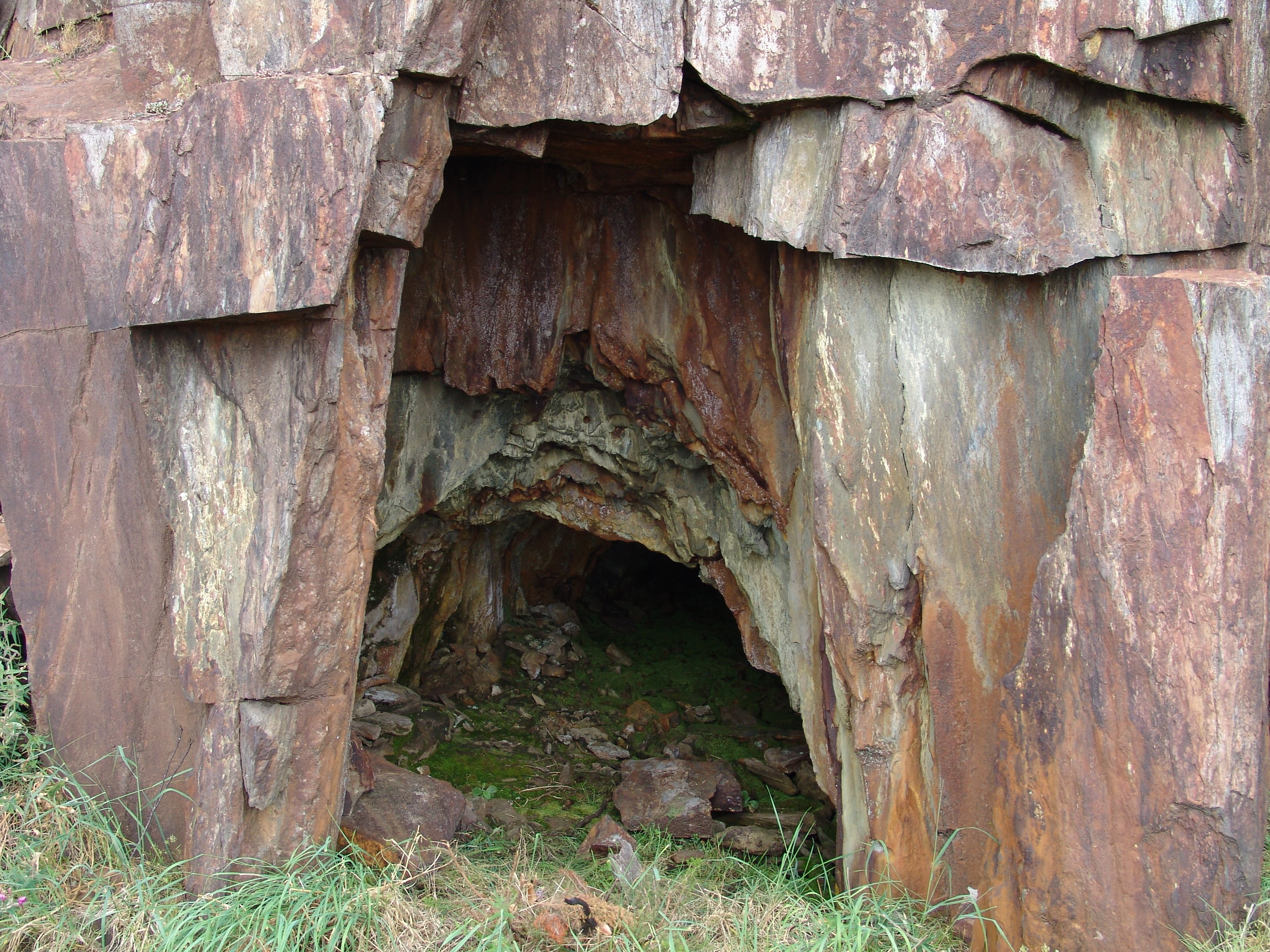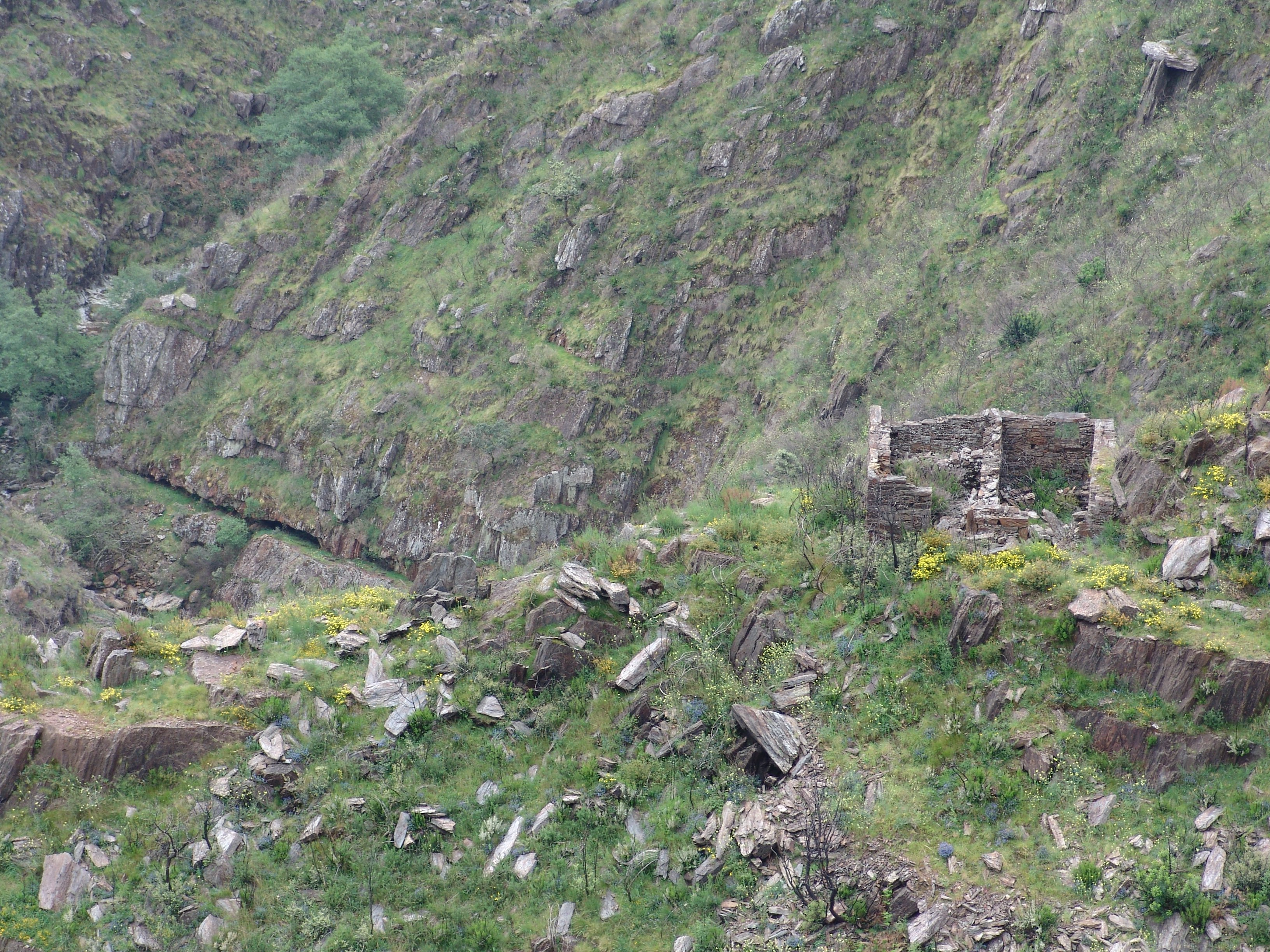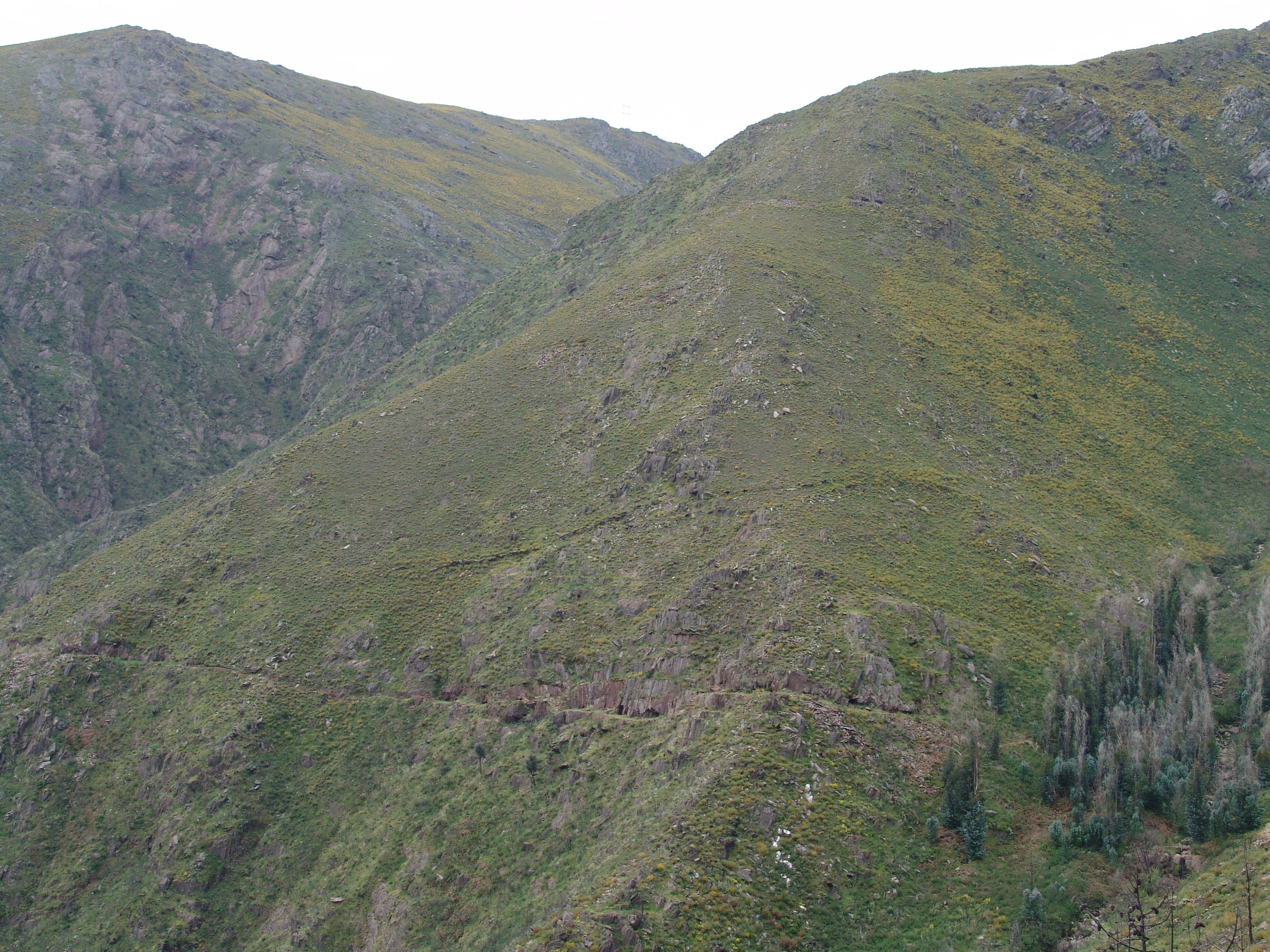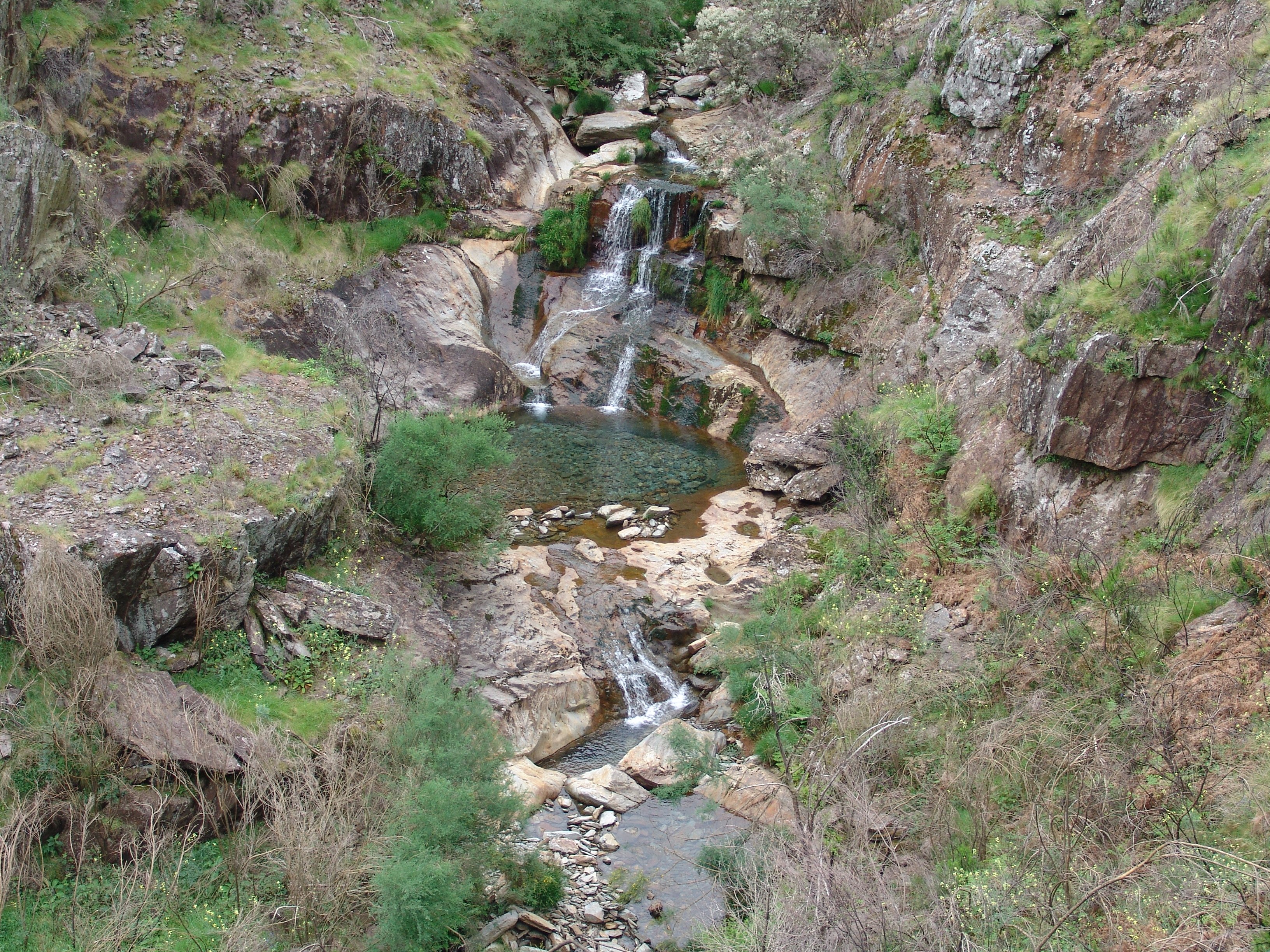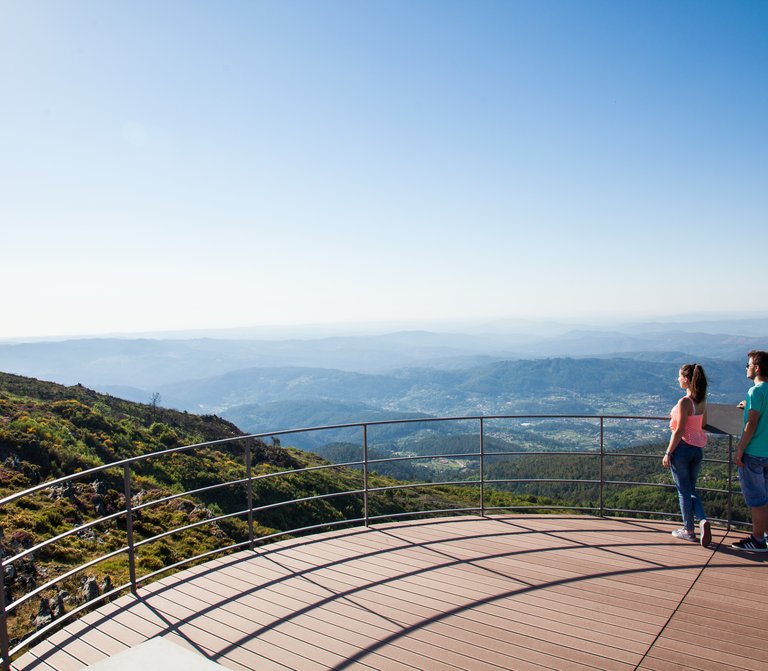
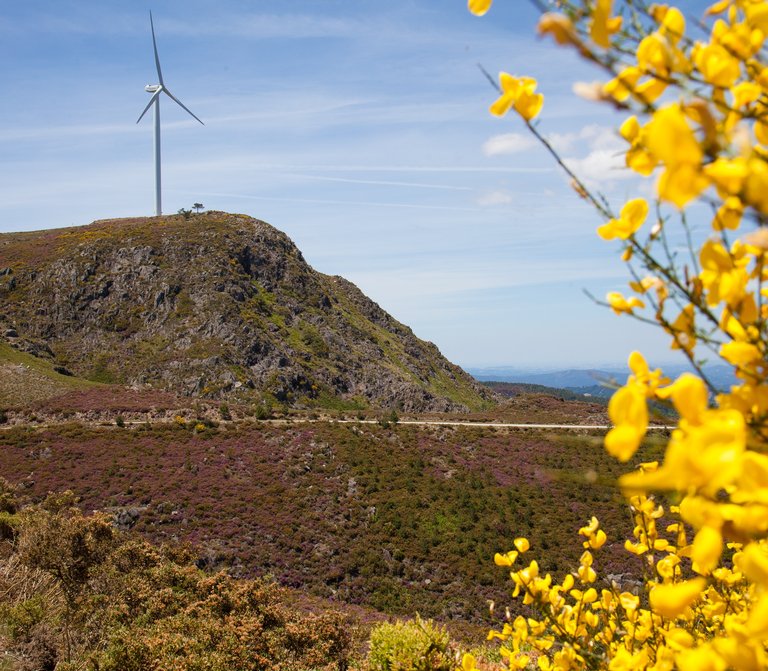
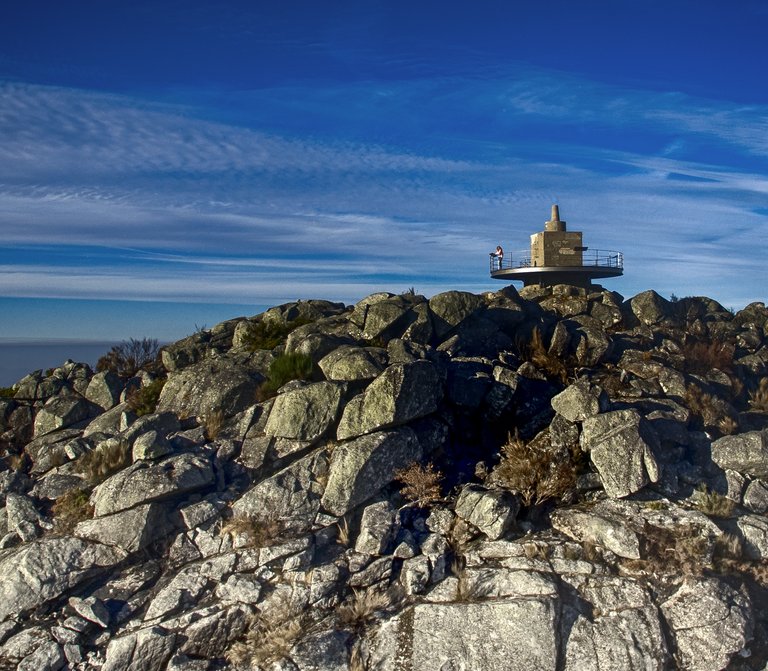
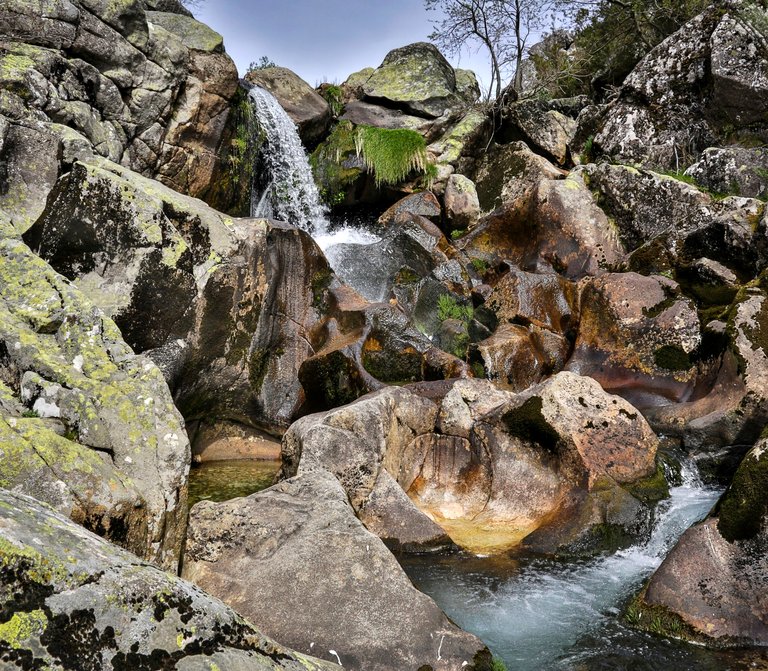
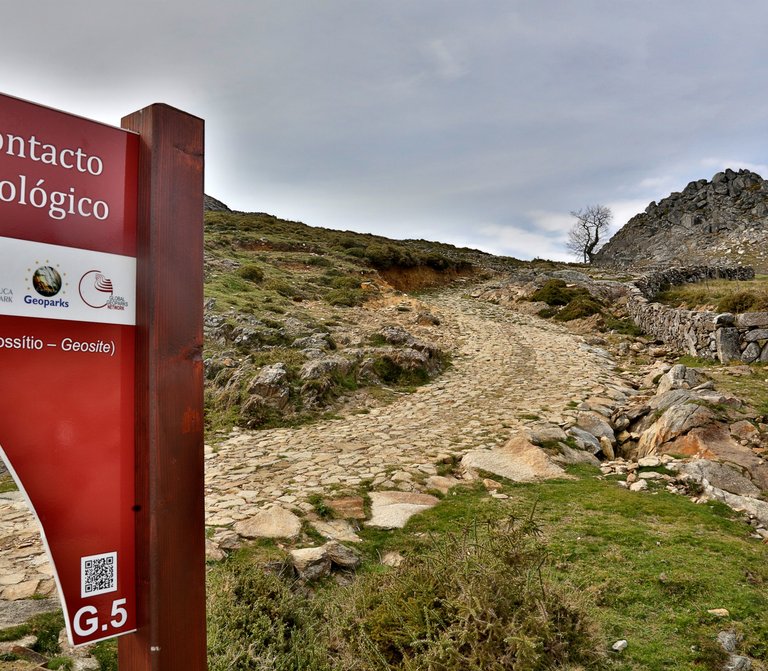

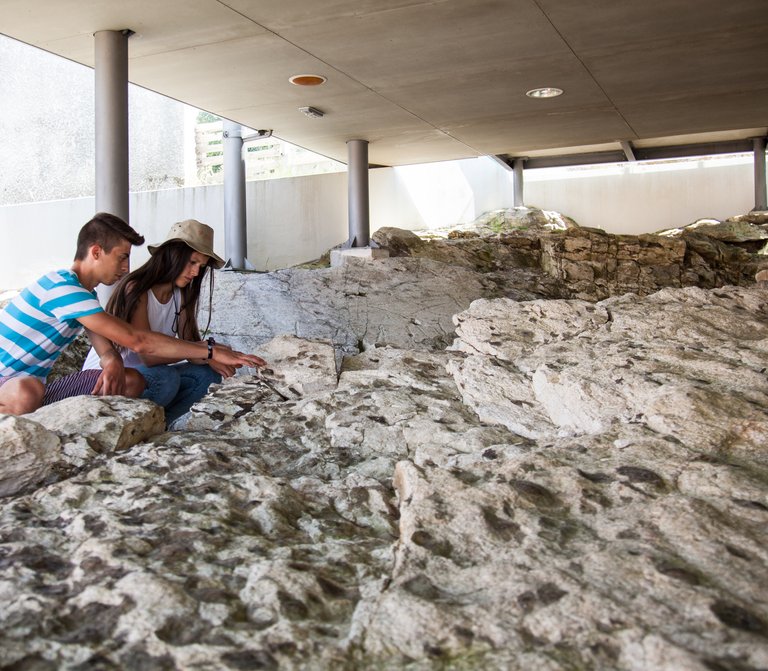
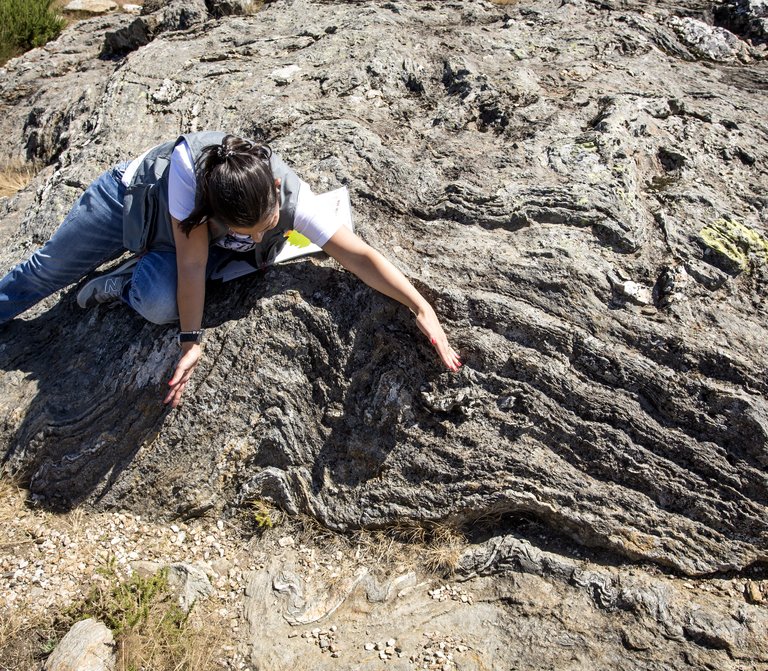
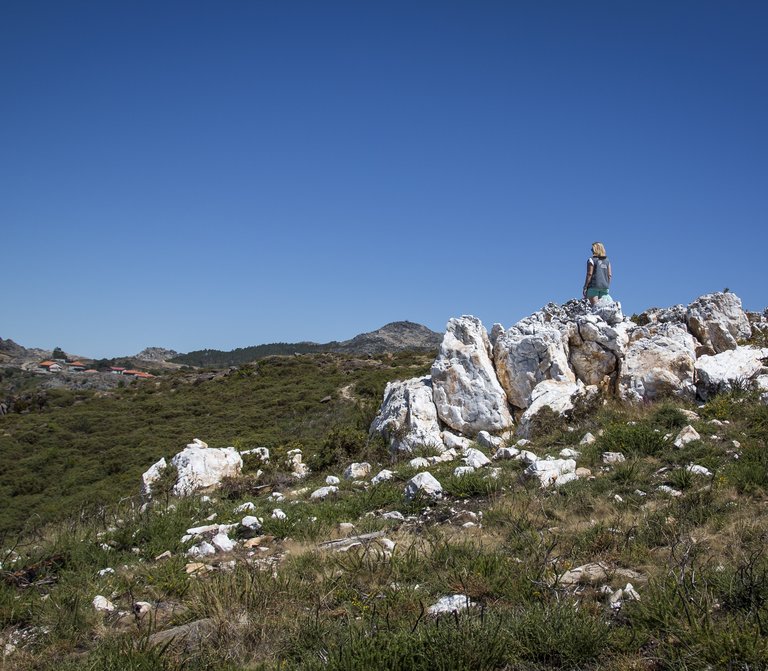
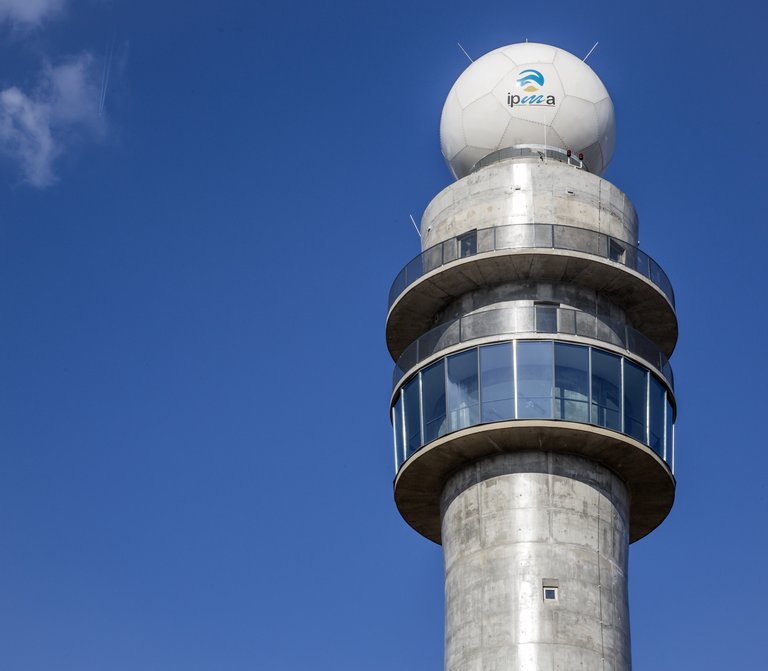
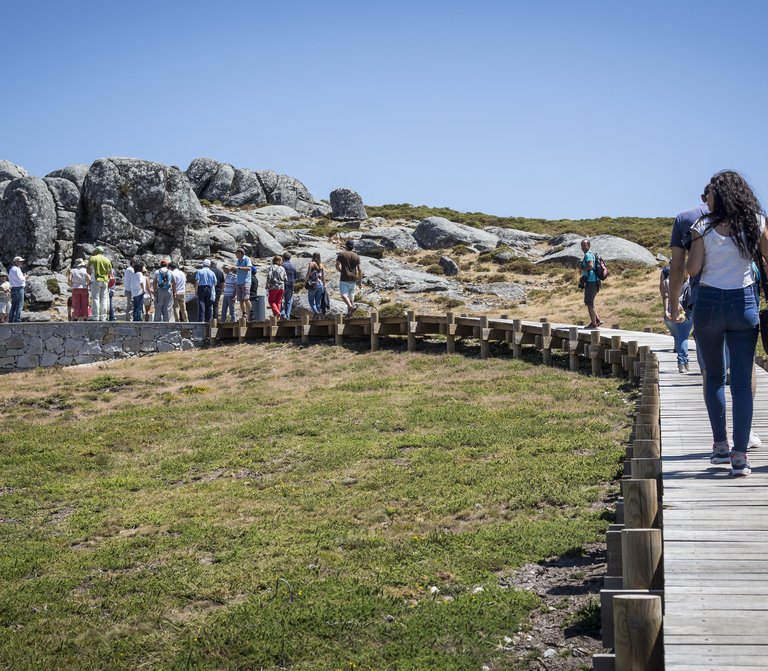
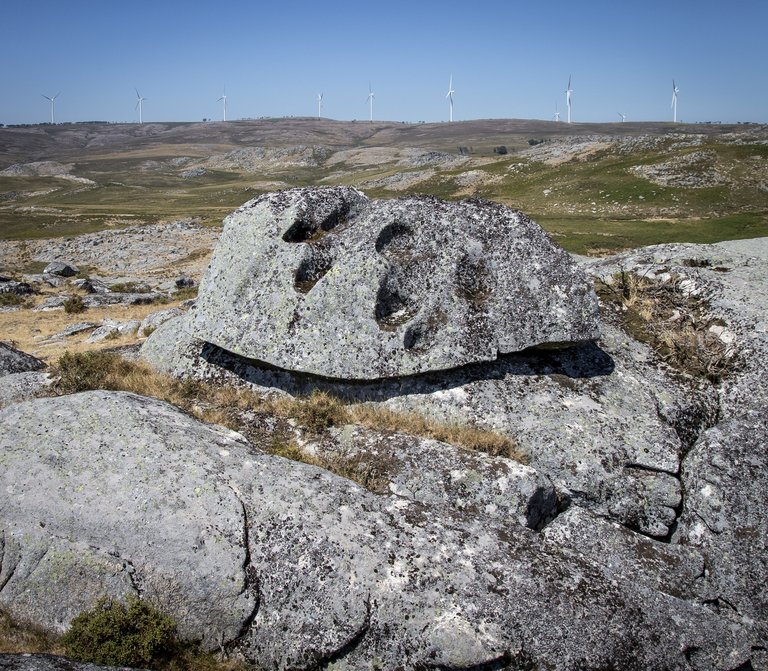
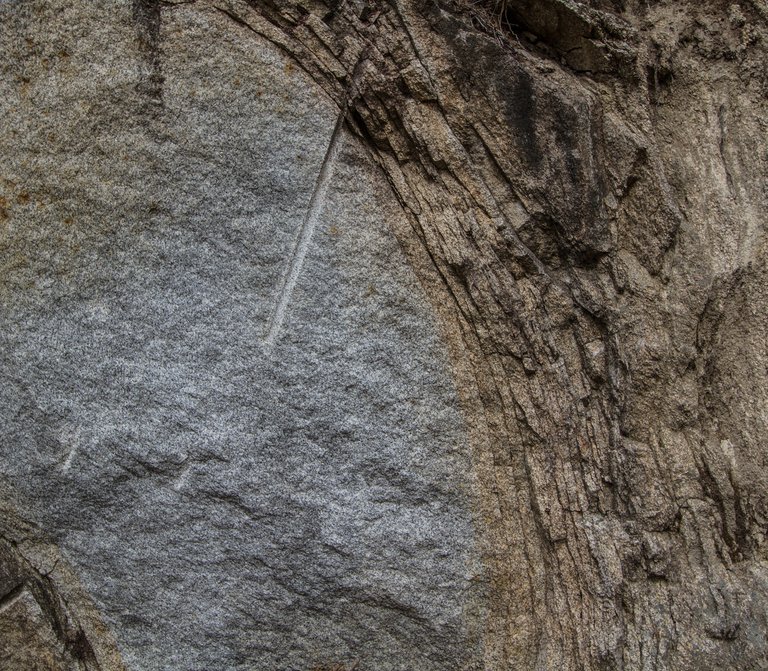
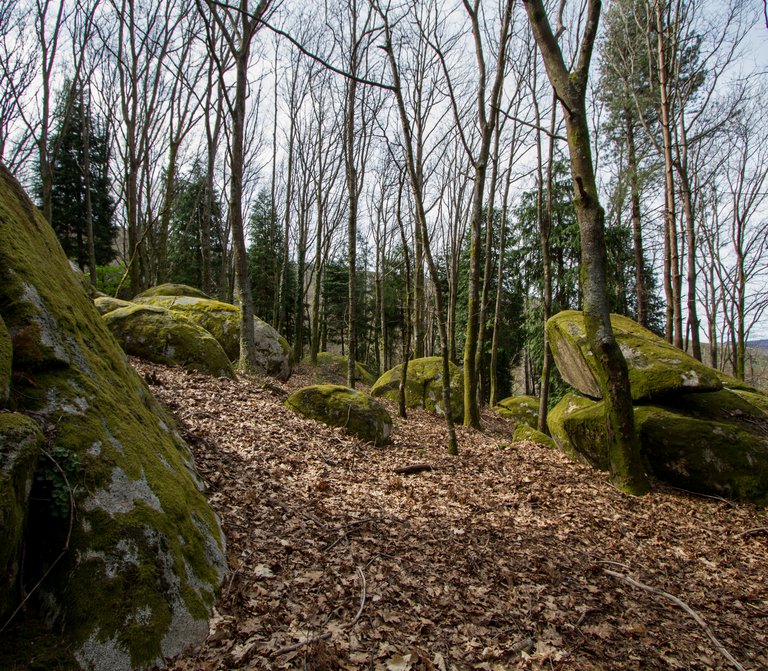
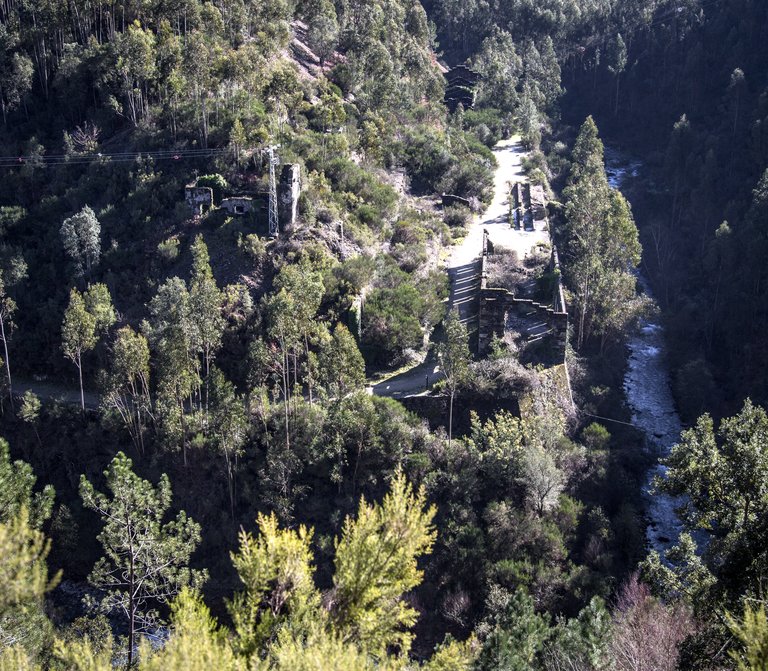
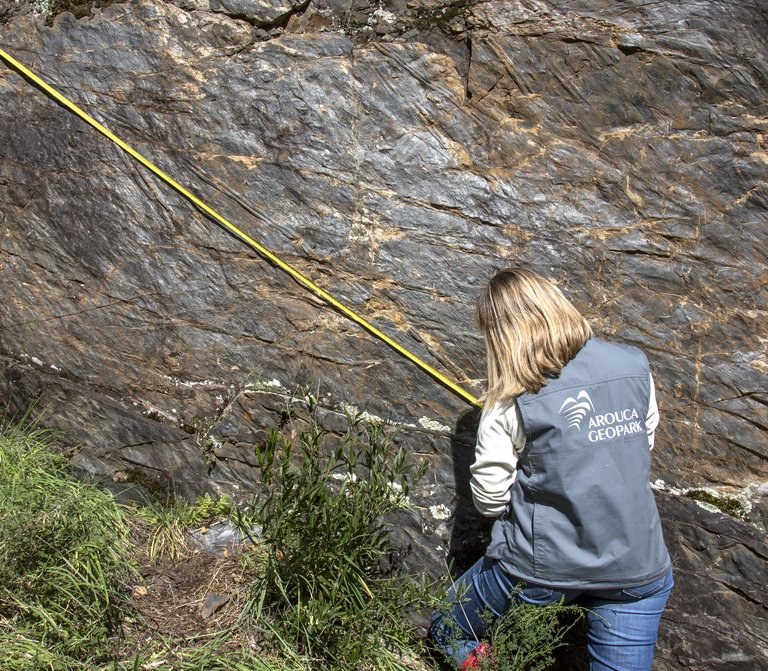
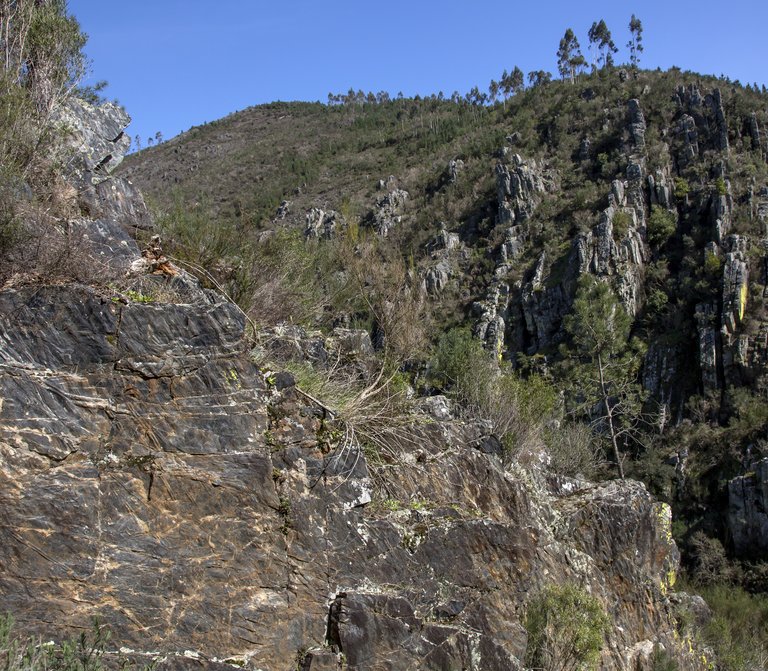
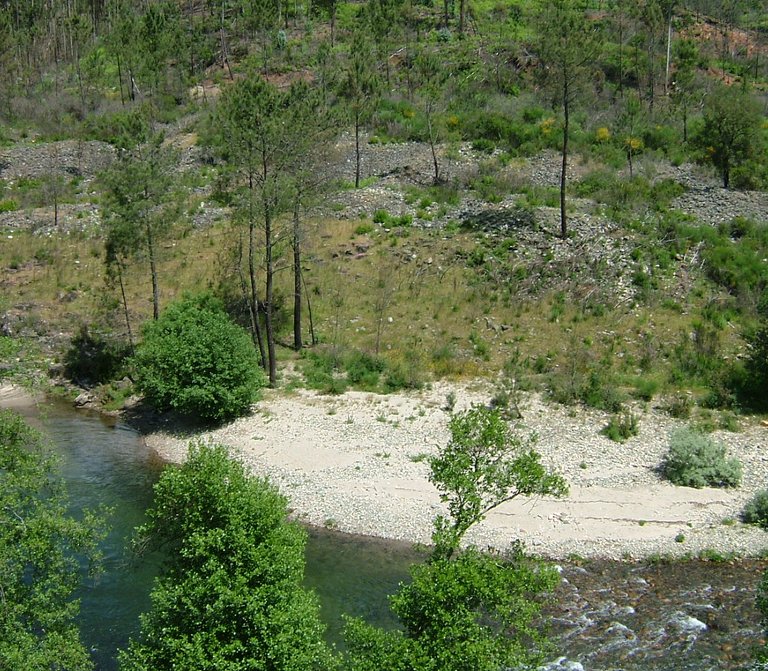

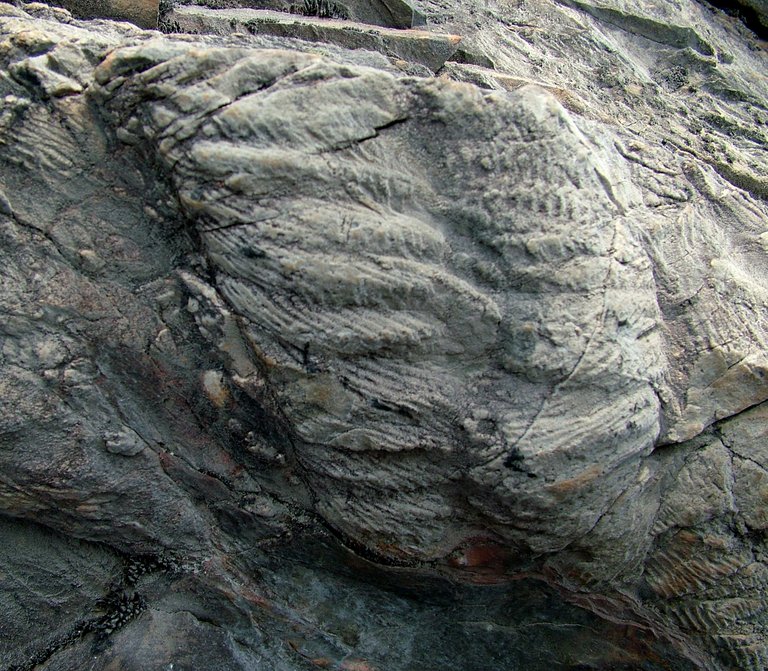
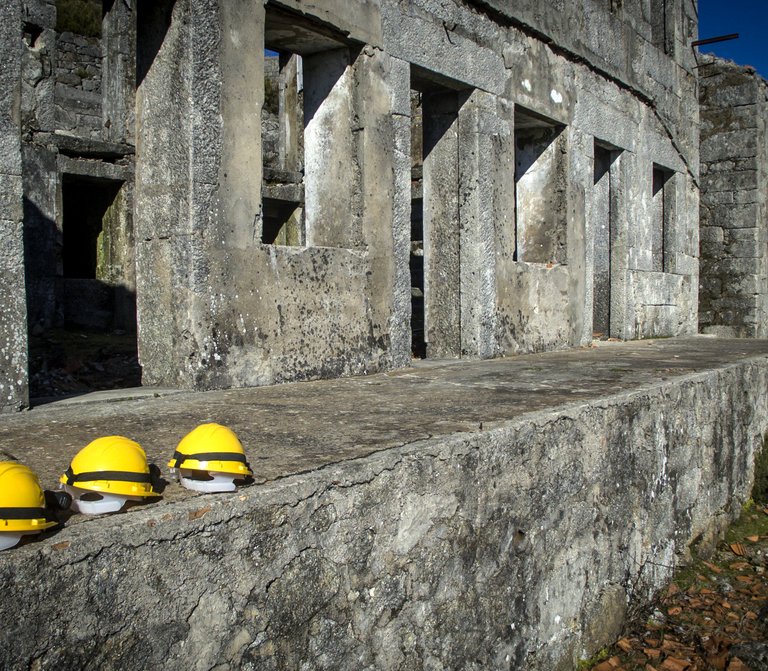
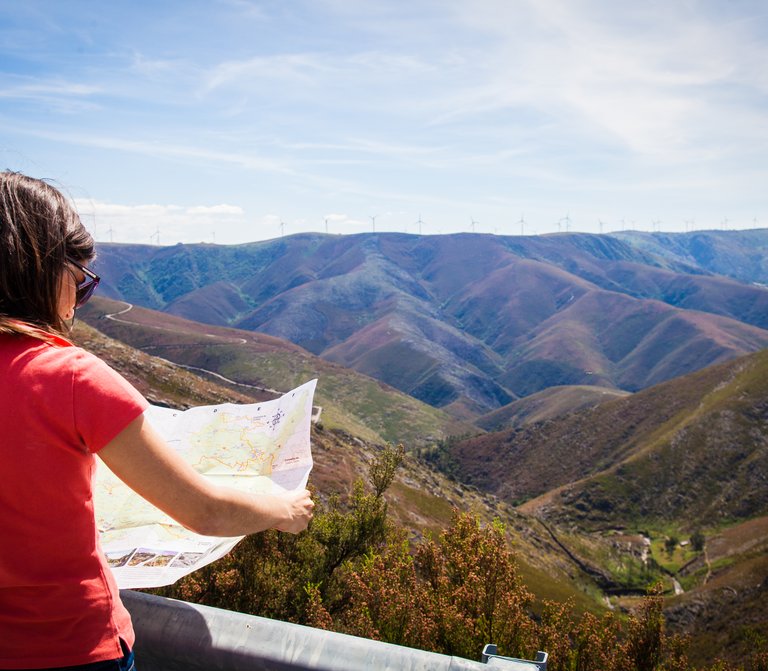
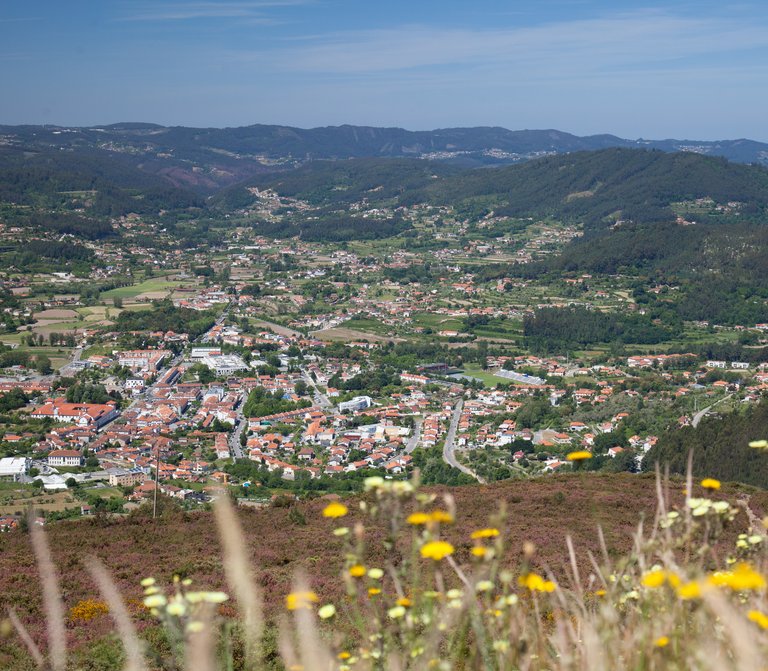
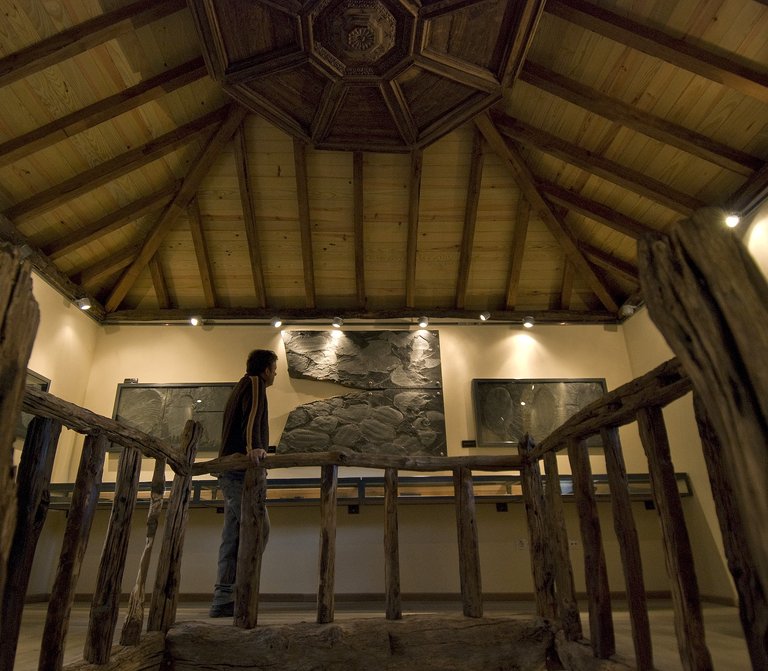
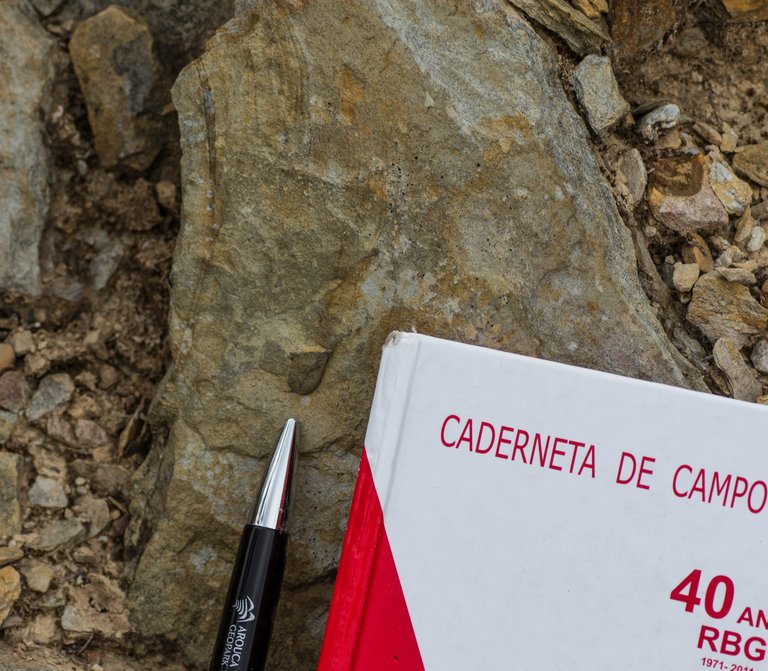
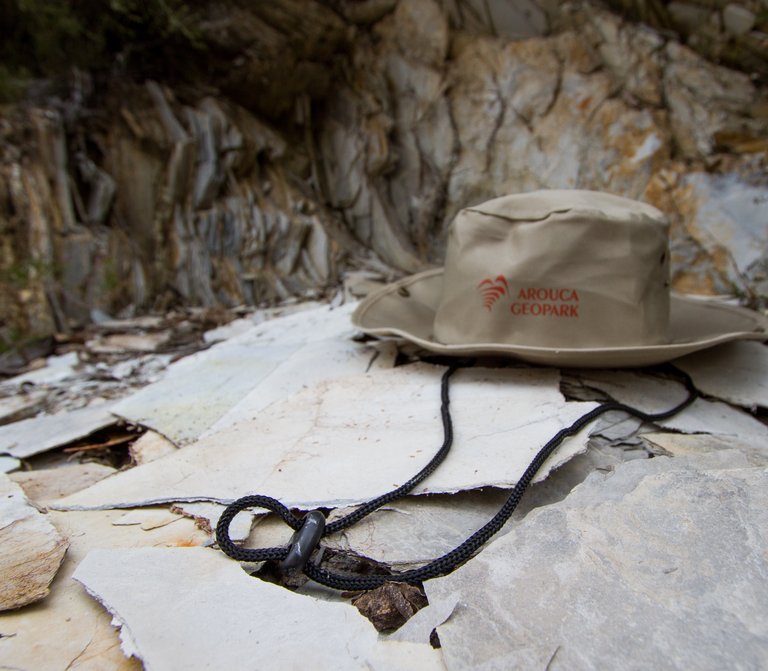
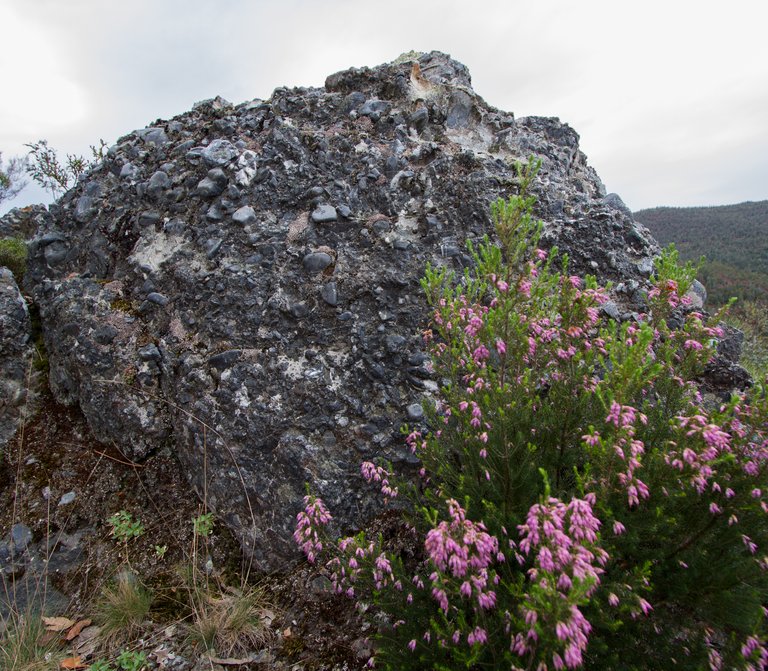
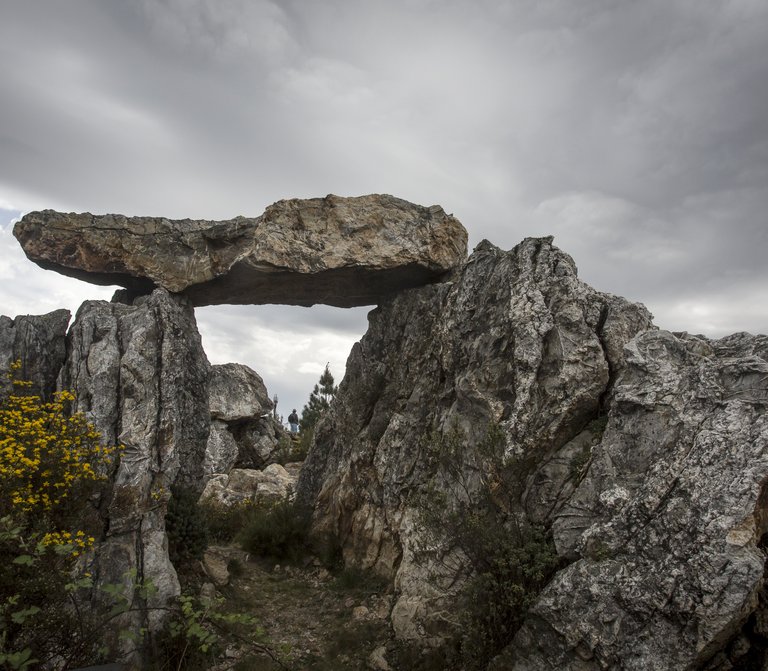
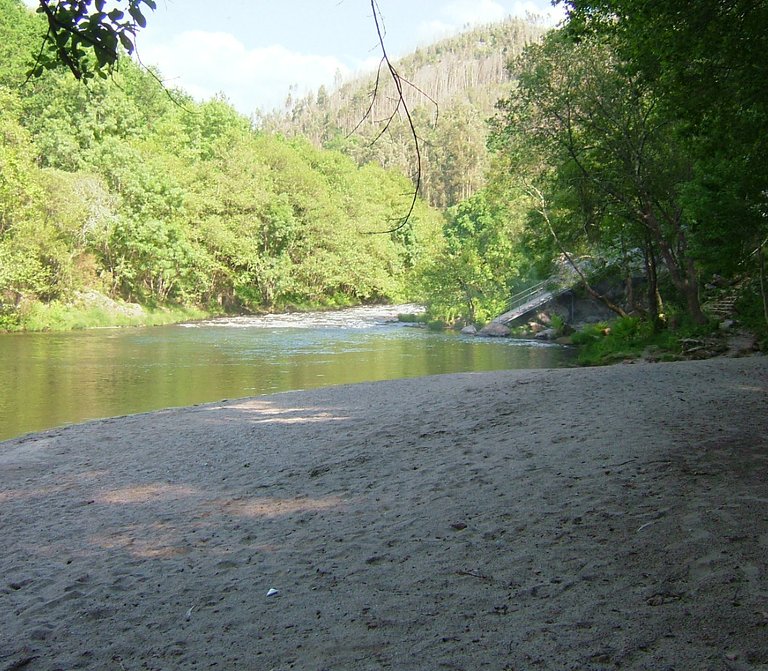
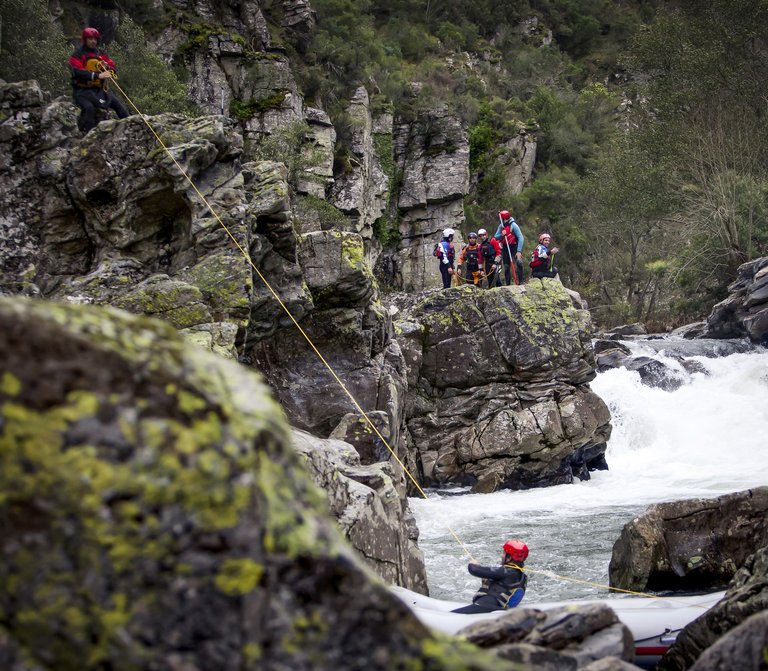
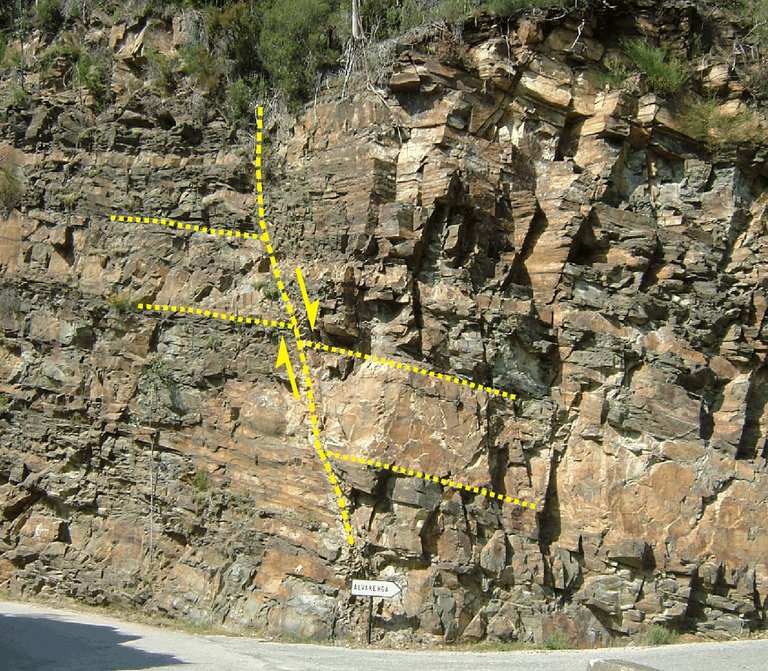
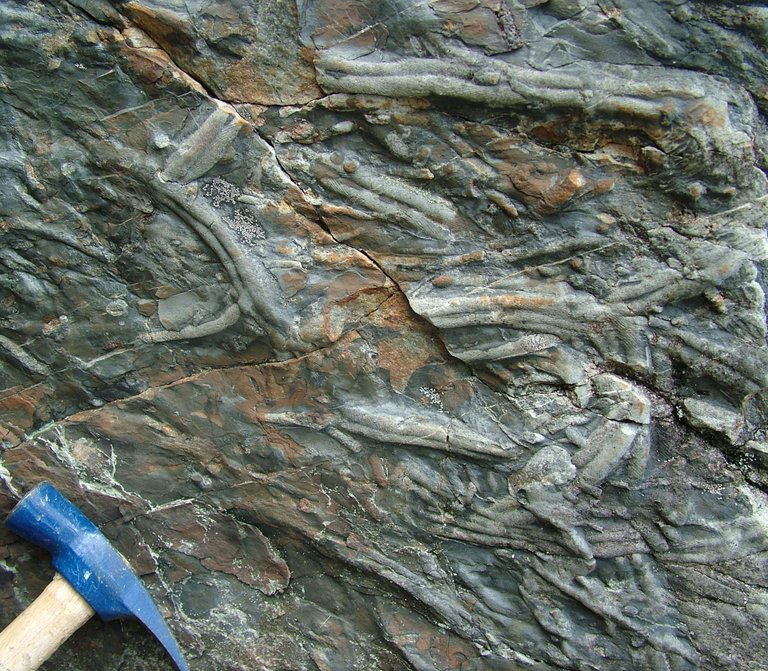
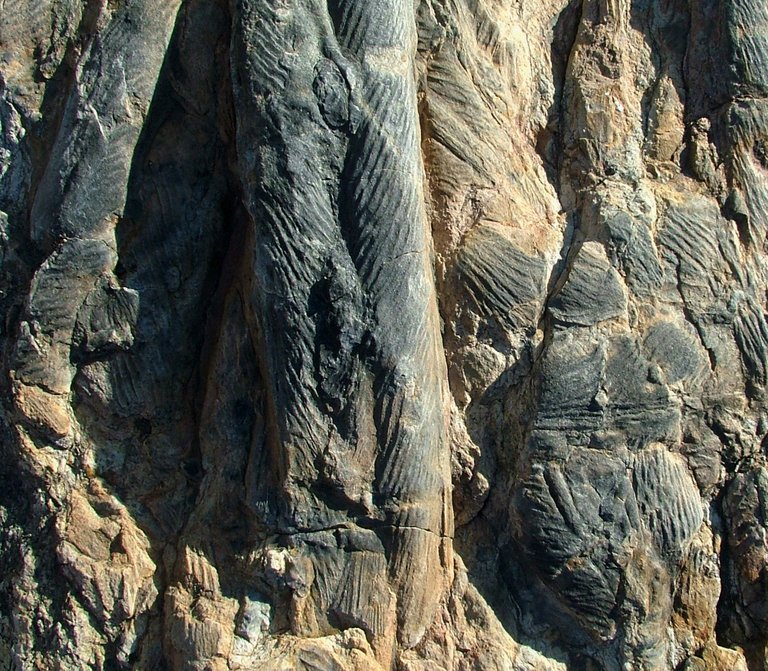
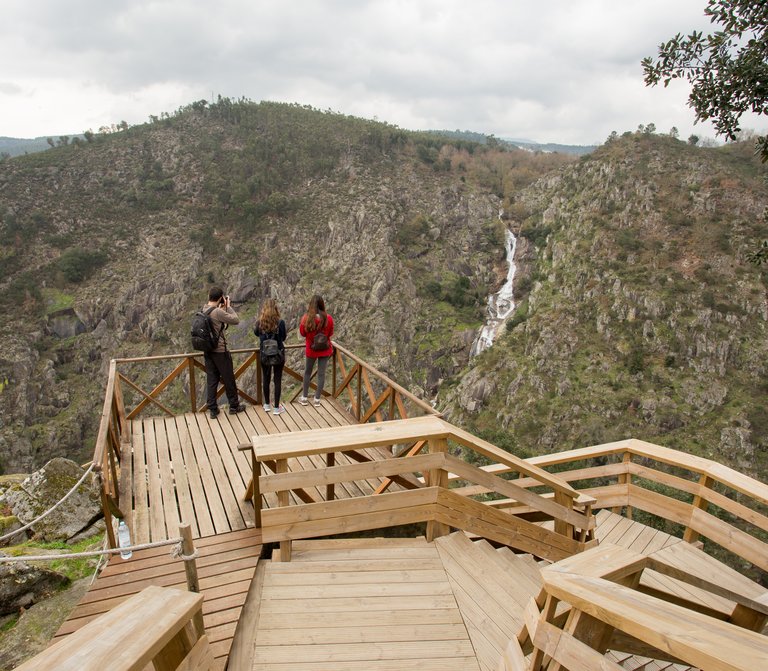
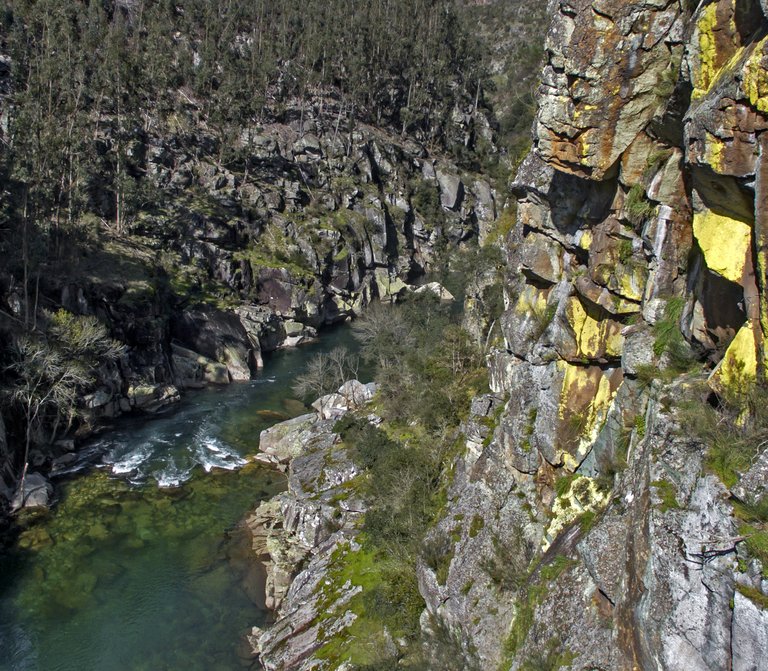
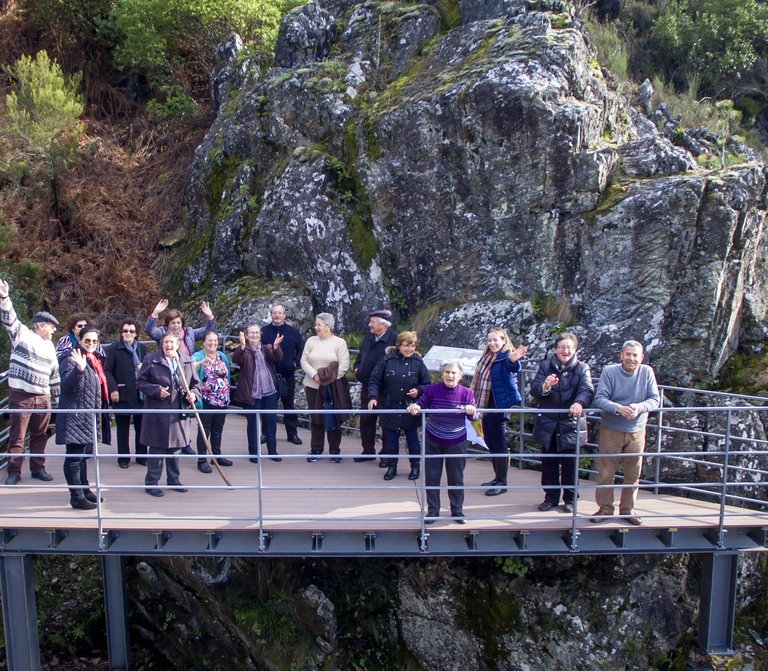
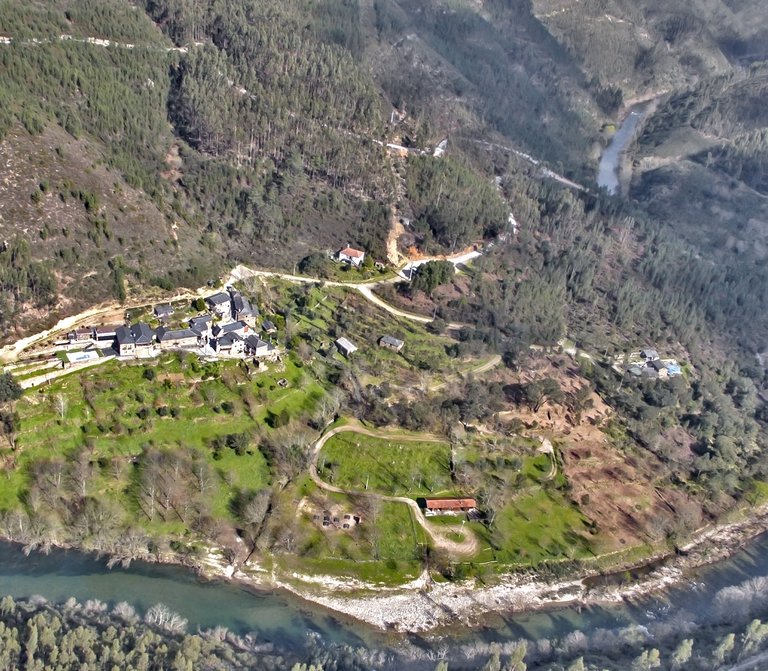
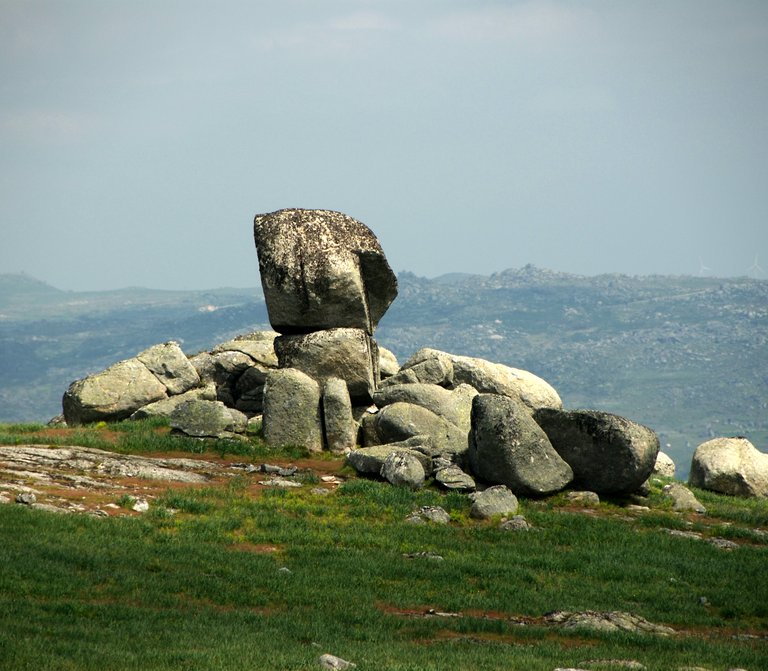
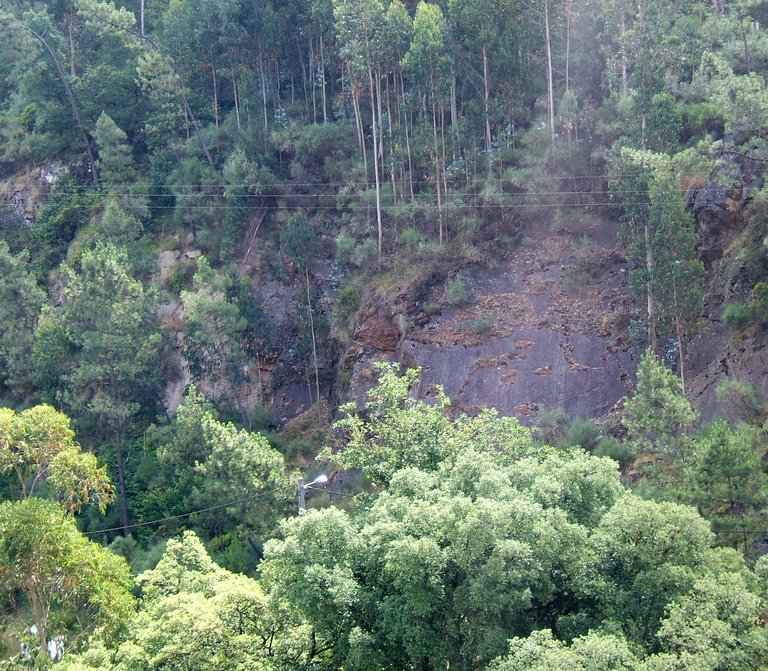
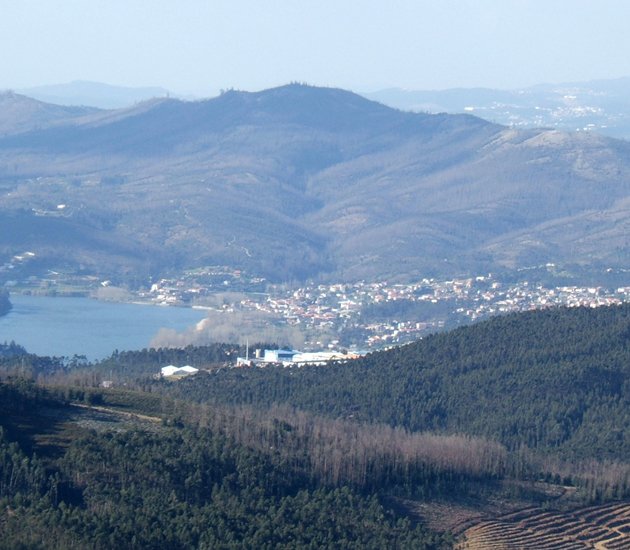
There is tungsten near the center of Arouca
The exploration of the Pena Amarela mines is related to the exploration of tungsten and tin that occurs in the region and that integrate a set of deposits of tungsten and tin occurring from Galiza to Castela (Spain), crossing the north and center of Portugal, thus defining the designated “Iberian tin-tungsten metallogenic province”, integrated in the so called “North province”. Having said that, Portugal becomes the richest European country in this ore, and that’s why it was highly coveted by England and Germany, mainly during the World War II, once this ore was used for the production of weapons and munitions. In the Pena Amarela mines area we can find several mine entrances that testify old illegal explorations. These can be observed through a panoramic point or you can walk through a trail near them. They were explored by the “robbers”, that were essential Arouca’s inhabitants during the “Tungsten fever” period. In the peak period of the World War II, the “robbers” ventured to drill with a pickax the hard rock hoping to find the “black gold” that would allow them to make a small fortune. Later in 1953, these mines were leased and licensed for the so called “Pena Amarela 1” and “Pena Amarela 2”. The lack of outlets for the product has resulted in the abandonment of this and other tungsten mines in Arouca, in 1988. Besides all the historical and mining aspects that characterize this place, the involving scenic arrangement is also unforgettable. The landscape is marked by valleys with clear and crystal waters, like the Cobela stream and the Pena Amarela stream, that run-off nearby. The Cobela stream forms a waterfall that holds the eyes of the pedestrians.






